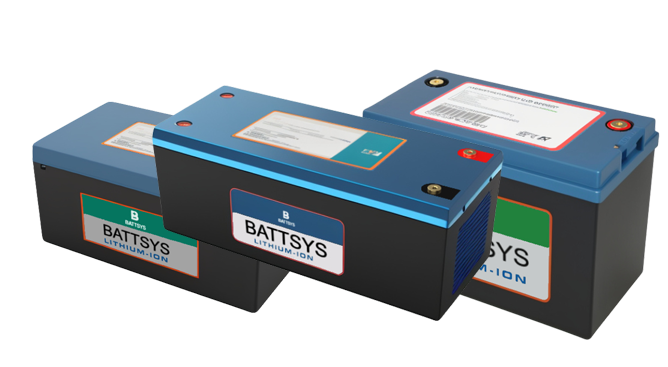Analysis of Power Lithium ion Battery Equipment and Manufacturing Process.
The new energy vehicle industry will gradually shift from policy driven to demand driven. Firstly, as more car manufacturers participate in the power of new energy, market competition will lead to new car manufacturers offering discounted sales; Secondly, manufacturers reduce costs and achieve economies of scale by expanding production.
UBS stated that by 2023, the pre tax profit (EBIT) of electric and fuel vehicles in China will reach breakeven. If we consider the high subsidies for new energy vehicles in China, this goal is expected to be achieved earlier than expected. Under the influence of various factors, the price of new energy vehicles will continue to decline, and demand driven will become an important driving force for career development.
Lithium battery structural overcapacity, two-stage decomposition of industry pattern

The occupational useful capacity of lithium-ion batteries is still insufficient, and the concentration of occupations will continue to rise in the future. The strong and sustained trend is irreversible.
From a supply perspective, in 2016, the leading domestic production capacity of lithium-ion batteries was 6.935 billion kilowatt hours, and it is expected to increase to 36.055 billion kilowatt hours by 2020, with a growth rate of 51% during the same period. Assuming that the production of the five major battery manufacturers (Panasonic, Samsung, LG, BYD, CATL) will increase at a uniform 50% occupational growth rate, it is expected that the production supply of the five companies will reach 180Gwh by 2020.
From a demand perspective, global sales of new energy vehicles are expected to reach 3.734 million units by 2020, with a minimum equipment usage capacity of 324Gwh. In the context of the withdrawal of low-end capacity lithium-ion battery manufacturers and the increase in concentration, we assume that the volume of goods occupied by the top five leading battery factories will rise to 70% by 2020, when their capacity is expected to reach at least 226.84, and women and available capacity are still lacking.
With the rise of domestic battery factories, domestic companies are focusing on some high-end products, driving the improvement of the technical level of all equipment, and gradually catching up with foreign giants in the fields of high-end equipment such as coating machines, winding machines, and cutting machines. It is expected that by 2020, the output rate of domestic lithium-ion battery equipment will reach 80%, and there is huge room for replacement of domestic equipment.
The development plan for future
lithium-ion battery production equipment includes two main lines at home and abroad. Globally, leading companies with potential such as Panasonic, LG Chem, Samsung SDI, CATL, BYD, etc. are all expanding their production on a large scale. Chinese companies represented by pilot intelligence will further establish cooperative relationships with more leading manufacturers to achieve global supply.
On the other hand, the financial pressure transmitted from bottom to top between large and small clients is different. Smaller new energy vehicle companies rely more on subsidies, equipment companies have more serious credit problems, and equipment companies face pressure on their accounts receivable.
